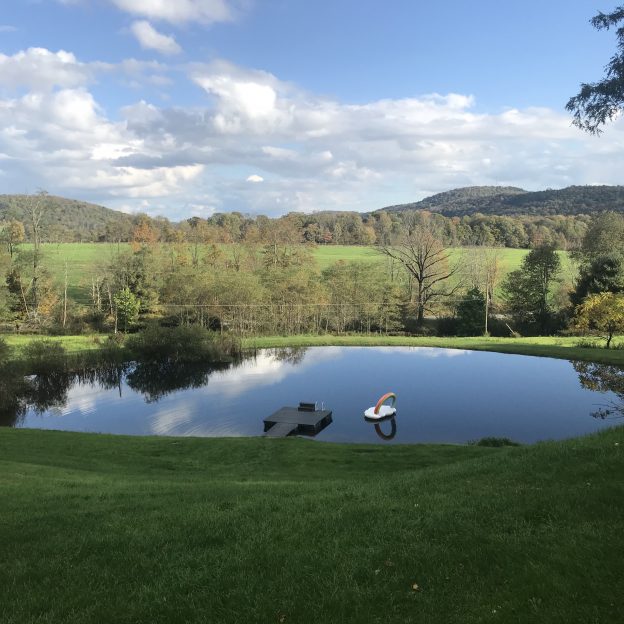“Have you forgiven yourself?”, she asked.
“Yes.”, I replied. For the first time, I believed it.
Many of my friends are aware that I did a vipassana retreat in mid-October. To say the technique changed my life would be an understatement. Some people have asked me to share my experience, and I’ve grappled with how to do so because of how my expectations were influenced as a result of hearing about other people’s experiences. I hope that by sharing what mine was like, I can encourage others to commit to their own journey of self-reflection and mindfulness. If you are considering doing a vipassana in the future, I ask that you take my experience with a grain of salt, because your experience might be wildly different from mine.






